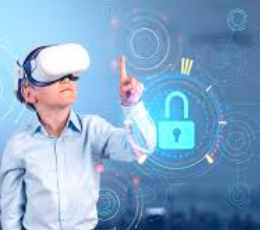Experiential learning—learning by doing—helps students connect theory to practice and develop deeper understanding through hands-on experiences. While traditionally rooted in physical environments, digital tools now make it possible to engage in experiential learning online. These platforms offer simulations, interactive tasks, and project-based experiences that enhance active learning in virtual spaces. Here’s how to use online tools to bring experiential learning to life.
1. Virtual Simulations for Real-World Practice
Tools like Labster and PhET Simulations allow students to perform virtual experiments and explore scientific concepts in interactive environments. These platforms mimic real lab conditions and promote discovery through trial and error.
2. Project-Based Learning Platforms
Websites such as PBLWorks and Trello support students in organizing and managing project-based assignments. Students can collaborate, plan, and reflect on real-world problems while applying what they’ve learned in practical ways.
3. Interactive Role-Playing Tools
iCivics and Classcraft offer immersive role-playing experiences that place students in decision-making roles. Whether it’s running a government simulation or managing a classroom quest, these tools encourage empathy, problem-solving, and teamwork.
4. Digital Storytelling Platforms
Tools like Adobe Express and Book Creator help students craft multimedia presentations or interactive books. By telling their own stories or explaining concepts visually, students reinforce understanding and communication skills.
5. Virtual Field Trips
Platforms like Google Arts & Culture and Discovery Education offer virtual tours of museums, historical sites, and ecosystems. These experiences expand students’ horizons and bring abstract topics to life through visual and auditory engagement.
6. Maker and Design Tools
Tinkercad and Scratch encourage creativity through design and coding projects. These platforms allow learners to prototype, iterate, and share their creations, aligning with experiential principles of learning through making.
7. Online Collaboration and Feedback Spaces
Using tools like Padlet or Jamboard, students can brainstorm, share ideas, and receive peer feedback in real time. These interactive spaces mirror the collaborative element of in-person group work.
8. Reflection and Assessment Platforms
To close the experiential learning cycle, tools like Flip and Seesaw allow students to document their learning process through video reflections, self-assessments, and portfolios.
Conclusion
Experiential learning doesn’t need to be limited to physical settings. With the right digital tools, students can actively explore, create, and reflect from any location. These platforms support authentic engagement and help learners apply knowledge in meaningful, practical ways—making education more immersive and impactful.






